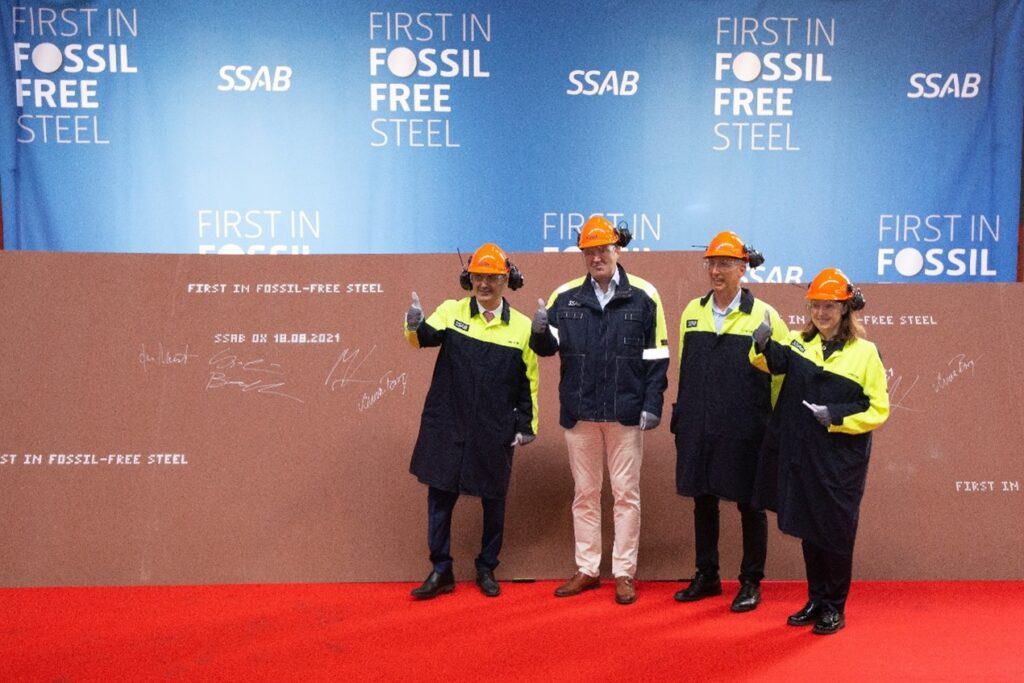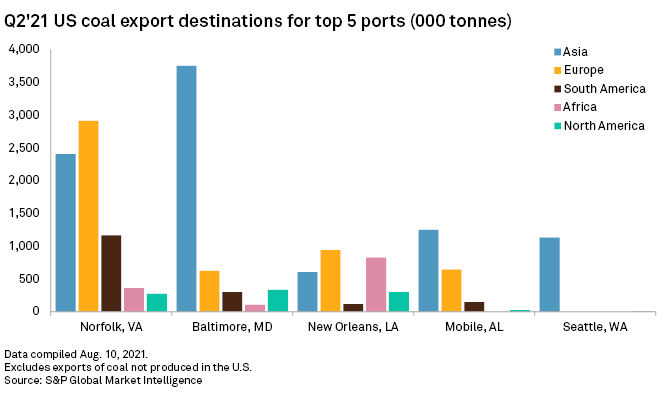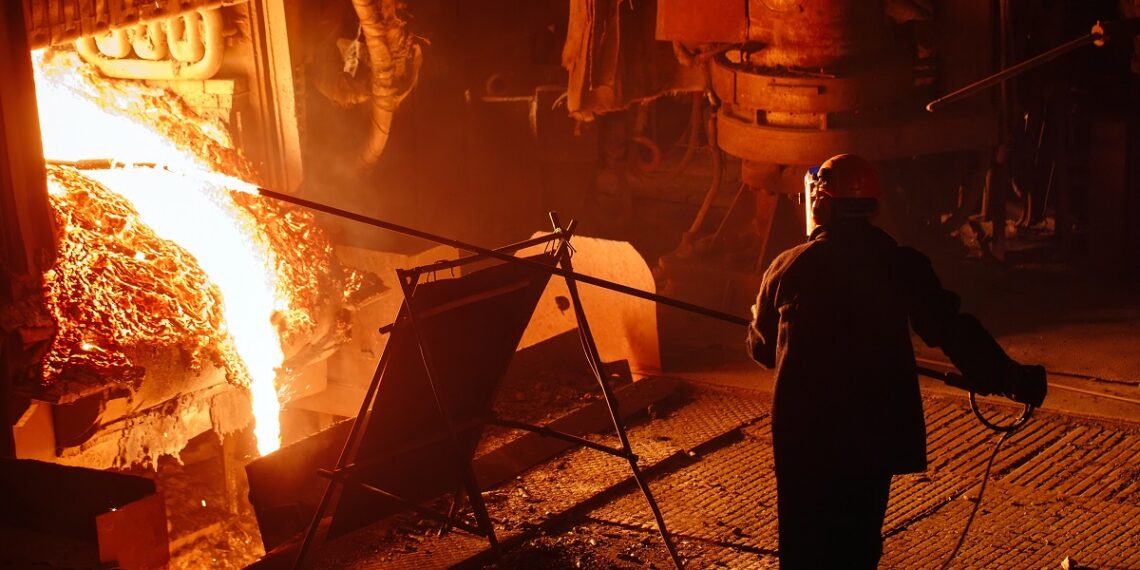A Swedish consortium says it has delivered the first-ever steel to be produced without using coal. The joint venture, HYBRIT Development Ab, has shipped the fossil-free steel to heavy truck manufacturer AB Volvo (publ) as part of a trial, it was revealed last week.
The product was manufactured by Swedish steelmaker SSAB AB (publ), part of the HYBRIT consortium, alongside mining company LKAB and energy firm Vattenfall AB, which provides power from renewables.
In March this year, The Assay reported how HYBRIT intends to produce the world’s first fossil-free sponge iron, from feedstock to steel, at its Gällivare plant by 2026.
In July, SSAB rolled the first steel produced using HYBRIT technology which, the company claims, uses 100% fossil-free hydrogen instead of coal and coke, giving “good results”.

“The first fossil-free steel in the world is not only a breakthrough for SSAB,” said Martin Lindqvist, president and CEO of SSAB, “it represents proof that it’s possible to make the transition and significantly reduce the carbon footprint of the steel industry.
“We hope this will inspire others to also want to speed up the green transition.”
U.S. Coal exports rise dramatically
While HYBRIT’s latest announcement will be welcome news in the quest to decarbonize the steel industry, it came out the same week as figures which show that shipments of U.S. coal rose significantly during the second quarter, up to 20.6 million tonnes year on year – an increase of 52.5%.
According to data released by S&P Capital IQ, the increase is attributed largely to demand from Asian markets, with exports of coal from the U.S. to China rising thirtyfold as a result of the continuing trade spat between Australia and China.

Economic recovery in the wake of COVID-19 and stronger demand from China has led to a resurgence in coal exports. “These factors have created – at least for the time being – a better environment for the U.S. coal industry, particularly Eastern producers that are able to export,” said Benjamin Nelson, global lead analyst for coal at Moody’s Investor Service.
China is now the second biggest market for U.S. coal exports, and the country recently announced plans to build 18 new blast furnaces projects and 43 new coal-fired power plant units during the first half of the year.
HYBRID’s landmark success in producing green steel may herald the beginning of a manufacturing revolution. But for now, the rest of the world – and particularly Asia – is likely to rely on metallurgical coal for some time to come.












